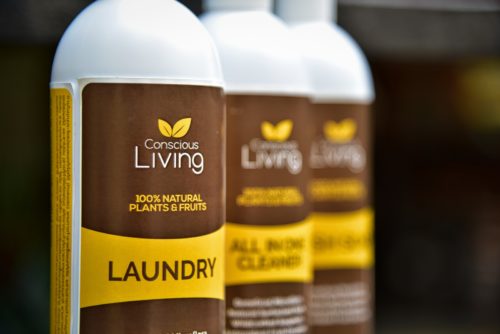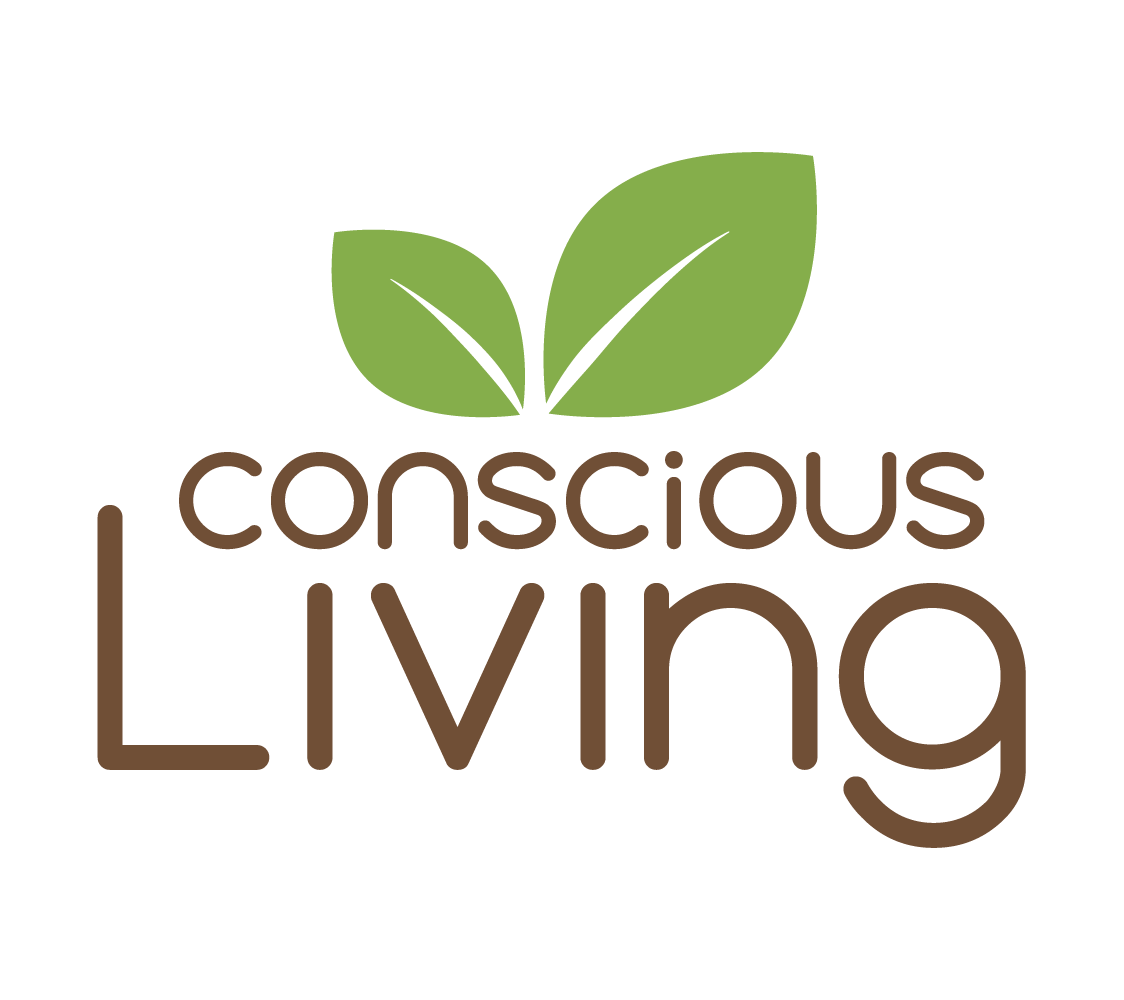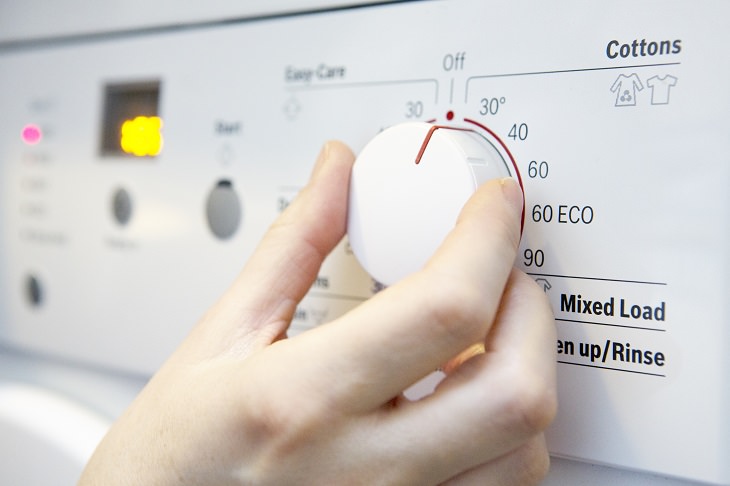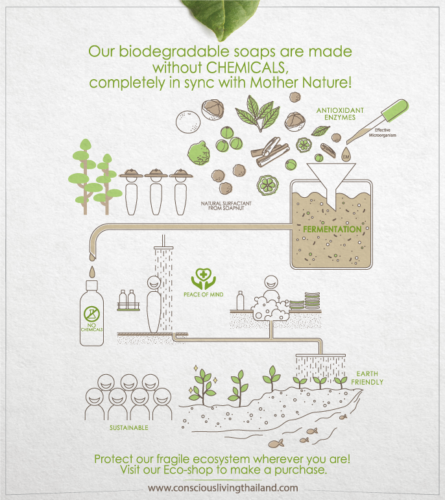Writer:Tamara Kristensen
If there’s one thing I wish I actually learnt in school, it’s not how to file your taxes. It’s how to do laundry properly. It’s one of the many things newly independent young adults struggle with; it seems easy, but somehow your favourite sweater ends up shrinking four sizes after you wash it. To prevent that from happening again, here’s a step-by-step guide on how to care for your clothes, and properly do your laundry!
Step 1: Separate your laundry
Some might think it’s an urban myth that you need to separate your laundry, but mishaps do happen when you don’t sort it out. Your laundry needs to be separated by colour, because this ties in with the water temperature and wash cycle you subsequently choose.
Let’s start with separating by colour.

Source: thespruce.com
| Whites | Pretty self-explanatory – white shirts, socks, underwear and other similar white cotton garments go into this pile. |
| Darks | Sorting whites from the colours is not enough – you also need to sort them by shade. Here, dark colours such as black, dark purple etc. go in. This is to prevent the dark tones from seeping into your light tones in the wash. |
| Lights | Lights refer to pastel-coloured clothes, such as pink and sky blue. |
| Delicates | Your delicates are your underwear, panty-hose, or anything really light and easily torn. There is a special wash cycle for these clothes – the ‘delicate’ cycle, which is ‘slow-slow’ (slow washing cycle, slow spin cycle) and super gentle. |
| Denims | The first question here is: should you wash your jeans, or freeze them? Freezing jeans is a ‘hack’ that’s gained prominence over the last decade, but freezing doesn’t actually help. Basically, freezing doesn’t kill bacteria, it just makes it dormant. So instead, you should wash your jeans inside-out, on the ‘delicate’ cycle and with cold water. |
Step 2: Choosing your wash cycle
After separating your laundry, you need to choose your wash cycle based on the load you’re doing. As mentioned, denims and delicates should be on the ‘delicate’ cycle. This cycle uses a slow washing cycle, as well as a slow spin cycle to reduce wear and tear. But this doesn’t mean you can wash your delicates and jeans together, because jeans are much heavier than delicates and could cause the delicates to tear even with this cycle.
Most of your basic clothes run on a ‘normal’ (fast-fast) cycle, especially cotton or linen clothes. So for a typical load, this would be the best wash cycle. Clothes that are really dirty or have stains should also be washed on the ‘normal’ cycle.
For clothes that are prone to wrinkling or harbouring smells such as poly-synthetic fabric, there is a third wash cycle. It’s called the permanent press cycle, and unless you’re a laundering expert, you probably haven’t heard of this. The permanent press cycle is essentially a ‘fast-slow’ cycle; it has a fast washing cycle to get the dirt, smell and creases out, but a slow spin cycle to make sure the wrinkles don’t come back.
Step 3: Choosing your water temperature
Hot water can lead to shrinking or fading in certain fabrics, and cool water doesn’t get stains out, so it always depends on what you’re washing. A general rule of thumb is that hot water is good for whites, and cooler water is good for the colours.
However, it must be noted that washing your clothes in hot water is more detrimental to the environment than washing it in cold water, because about 90% of the energy used in washing in hot water goes to heating up the water (also making it more expensive!). So in an effort of sustainability, we recommend not washing with hot water unless you really, really have to.
Step 4: Choosing your laundry detergent

Source: Conscious Living Thailand
If you’ve read our blog post about the chemicals found in your shampoo, you know about some chemicals that are extremely harmful for your hair. As it turns out, many of these chemicals and more are also found in laundry detergent, and they’re equally bad. For example, sodium laureth sulfate and other variants are also found in commercial laundry detergents. Furthermore, chlorine-based bleaching agents, found in many commercial laundry detergents, can cause severe caustic burns to skin and eyes. Imagine dressing yourself in that!
With Conscious Living’s naturally-made laundry detergent, you can stay away from all harsh chemicals that may cause more harm in the long-run. It is also effective in any water temperature, and can therefore be used for any fabric (even without fabric softener)! If you need to get any stains out, just put some of our detergent on the stain, leave it in for a couple of hours, and then wash it. That does the trick!
Step 5: When in doubt, consult the tag
It is important to note that washing machines are not created equal. So, always remember to check your settings. And if you’re still in doubt about how to wash certain clothes, most of your clothes come with instructions on how to care for it. If you especially like something, make sure you look at the tag before you throw it in a load. And if you want to be extra careful, good old-fashioned handwashing always works!




